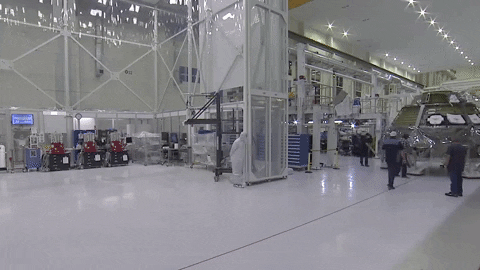NASA’s Artemis program is a new era of lunar exploration – one where we will send robots and humans to explore more of the Moon than ever before – this time to stay.
This blog will be a source of information on Artemis launch and exploration progress, covering changes and information across our science, technology and human exploration programs. We may feature guest posts from a variety of sources, take a deep dive into technical matters, address common questions and misconceptions, and more. Once we’re ready to fly, check out this blog for launch updates and other mission operations.
First up for Artemis includes sending a suite of science instruments and technology experiments to the lunar surface beginning in 2021. As part of our Commercial Lunar Payload Services initiative, NASA will rely on American companies to deliver these payloads to the Moon about twice per year. Deliveries are already slated for multiple locations including the lunar South Pole.
These missions will help us set the stage for a human return. NASA and our partners are preparing to land the first woman and next man on the Moon in 2024, and establish sustainable exploration by the end of the decade.
The agency is finalizing development and testing of our powerful new Space Launch System rocket and Orion spacecraft, which will launch from a modernized Kennedy Space Center in Florida. After launch, Orion will transport crew to lunar orbit where astronauts will transfer to a modern human landing system for missions to the surface of the Moon. On the surface, they’ll wear our new extravehicular mobility unit or xEMU spacesuit, which will allow them greater flexibility to move and conduct science. There we’ll build a base camp at the South Pole and look for resources like water to help further our exploration.
Operating in lunar orbit with and without crew will be the Gateway – a new outpost supporting lunar science, sustainable surface operations and missions farther into the solar system, including Mars.
We are the Artemis Generation, and we are going. Ad lunam!









